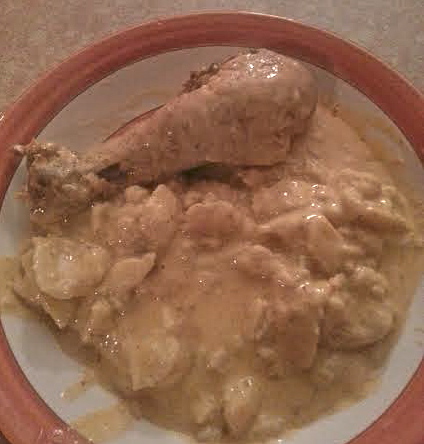Last year, we decided to test various brands of boxed macaroni and cheese in order to find out which one was best. Obviously, none of these can compare to homemade mac ‘n cheese, but on a busy weeknight, who’s got time for that? The boxed stuff has always been about convenience. You don’t go to McDonald’s and dream of the prime rib you could have had, and when you reach for a box of mac ‘n cheese quit thinkin’ about how creamy, delicious and far superior homemade is. You’ll drive yourself crazy doing that. 
Round One pitted the trusty standby in the familiar blue box and favorite of kids everywhere, Kraft, against a young upstart, Trader Joe’s. The new kid on the block pulled off the upset, with TJ’s mac ‘n cheese narrowly beating out Kraft.
In Round Two, we tried out two organic brands, Annie’s and Horizon. That one wasn’t close: Horizon was easily the unanimous favorite, winning the hearts and minds of all three judges with its creamier and cheesier taste and texture. Since that challenge, Horizon has become our new household favorite.
But is it good enough to best Trader Joe’s?
This evening, we prepared a box of each. Tried a spoonful. And declared a winner.
This was a split decision, and once again came as a surprise. By a two-to-one margin, we can now officially declare the best boxed macaroni & cheese is…
Trader Joe’s!
Honestly, I was expecting it to be Horizon. But my daughter and I both thought the Trader Joe’s was much tastier. Must be that Wisconsin Cheddar! To me, TJ’s tasted a little sharper and was more assertive, giving the mac ‘n cheese a nice little zing. It’s true that TJ’s doesn’t mix quite as well – both times we ended up with little clumps of cheese – but I like to think that’s proof of a less-processed product, and a great metaphor for life: it isn’t perfect, and not every bit of cheese will melt ideally. But in the end, it’s your enjoyment that really matters. Tara, who was the lone Kraft fan in the first challenge, preferred Horizon. But majority rules, and the new king of the boxed macaroni & cheese empire is Trader Joe’s.
This was fun. If you have any suggestions for future challenges, let us know!

























